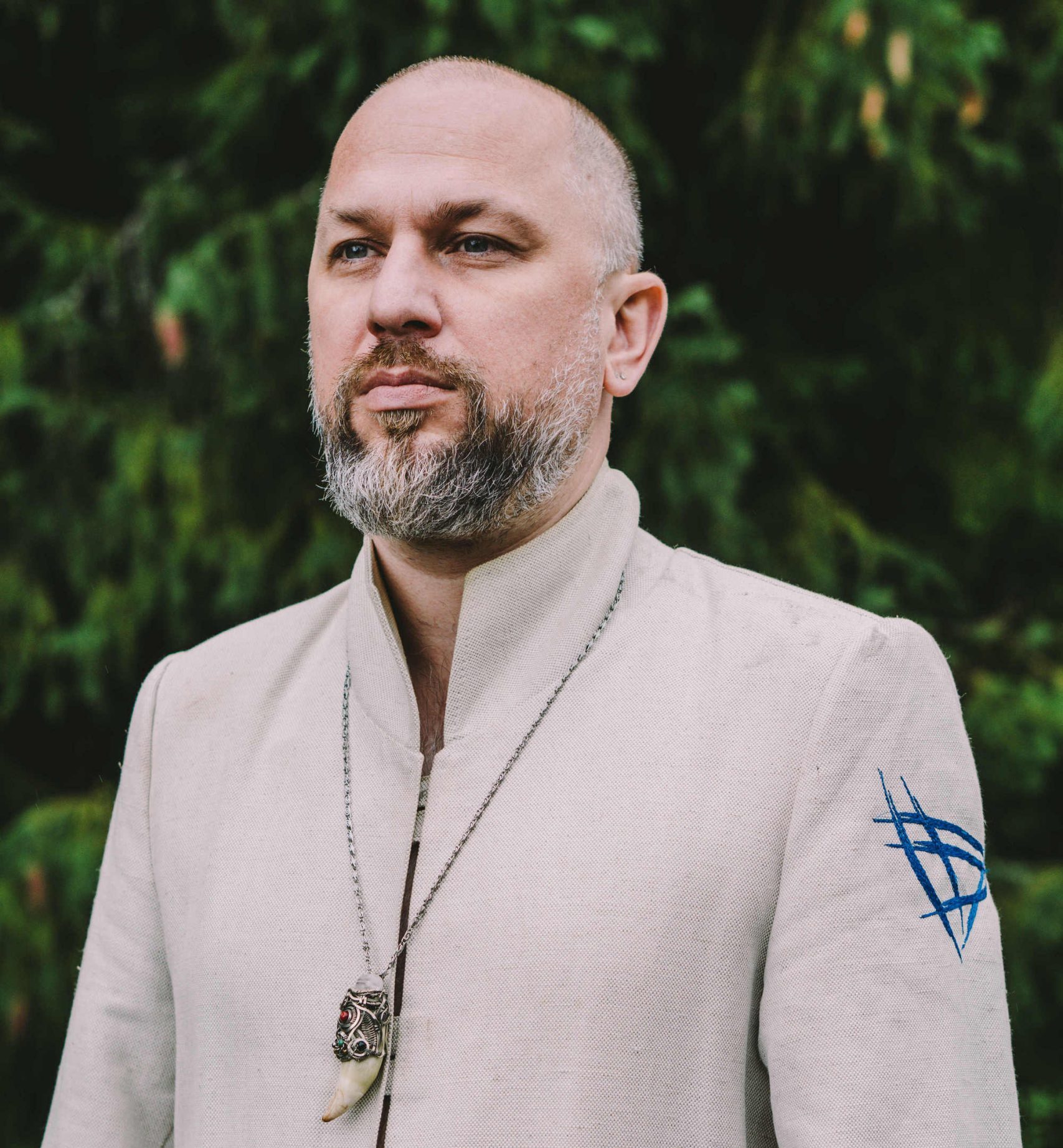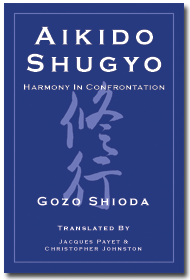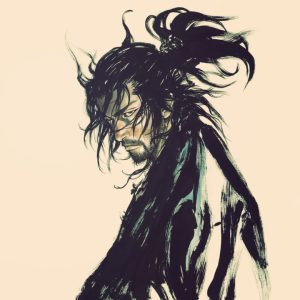Вивчи, потім забудь
Спосіб викладання Уесіби Сенсея дуже відрізнявся від методів інструктування, які використовуються сьогодні. В ті дні Сенсей спочатку спочатку демонстрував техніку, яку ми збиралися практикувати, просто даючи ідею рухів. Він жодним чином не пояснював, як щось робити.
Спостерігаючи за прикладом Сенсея, ми намагалися самі зрозуміти техніки. Але незалежно від того, що ми робили, Сенсей збоку говорив лише “О! Добре! Добре!” Це дуже засмучувало, особливо те, що ми поняття не мали, що саме було добре! Можна подумати, що це був неприємний спосіб викладання, але Сенсей завжди відчував, що саме це і є будо.
“Вивчи, потім забудь” – вираз, який завжди використовував Сенсей. Наприклад, візьмемо сіхо наґе, щоб кинути партнера, який атакує ударом вперед. Вперше, коли ви робите цю техніку, все чудово, і ви намагаєтеся точно так само кинути партнера і вдруге. Але цього разу сила і положення його тіла і спосіб використання енергії невловимо змінилися. Тому, якщо ви намагаєтеся переміщатися точно так само, як і вперше, ваша техніка не буде працювати.
Врешті, “вивчи, потім забудь” говорить не про спроби повторити те, що ви робили до того. Радше це стосується повного видалення набутих концепцій з розуму і прийняття кожної обставини як абсолютно нової, підходячи таким чином до визначення техніки. Після цього можна розвивати відчуття “вловлювання моменту” без покладання на встановлені процедурі. Парадоксально, але спосіб, в який ми намагаємося зараз робити речі, детально наголошуючи на постановці ніг саме так або рук саме так, віддаляє нас від справжньої природи будо.



